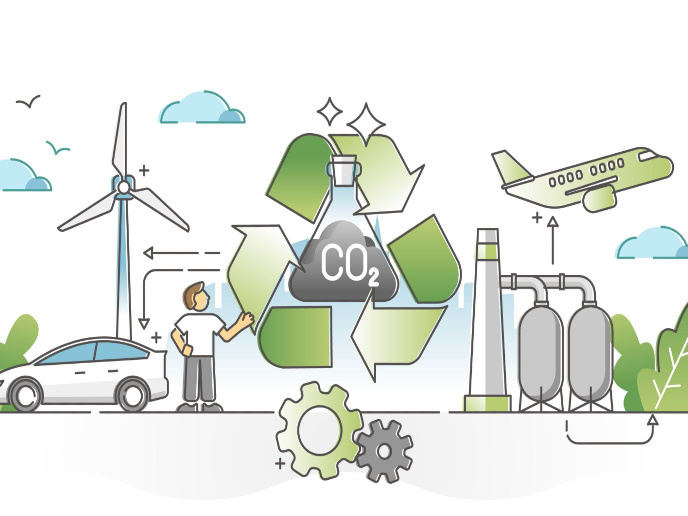Emulating nature in terpene synthesis
Terpenes are the largest class of secondary metabolites in plants and are used as perfumes, spices, pheromones and medicines. Although chemists have long sought to develop a synthetic equivalent of the enzymatic process that creates terpenes, progress has been limited. This challenge was taken up by the TACOS (Terpenes via asymmetric catalytic one-pot synthesis: a lifelong training and career development) project, which helped train a young researcher in terpene synthesis. The training programme was at the cutting edge of catalysis, dynamic covalent chemistry, green chemistry and asymmetric organic synthesis. The researcher proposed novel ways to perform dehydrative transformations of alcohols, the key stage in the synthesis of terpenes. TACOS results will help in the development of new types of organocatalysts and a new approach to catalyst discovery by applying the principles of dynamic combinatorial chemistry (DCC). Organocatalysis, which involve the use of small organic molecules to catatalyse organic transformations without any metal, is a relatively new field within chiral chemistry. Currently, organocatalysis has attracted a great deal of interest from both academia and industry. TACOS will increase the competitiveness of the European pharmaceutical and fine chemical industries. It will also be of major interest to the organocatalysis research community both in Europe and around the world.







